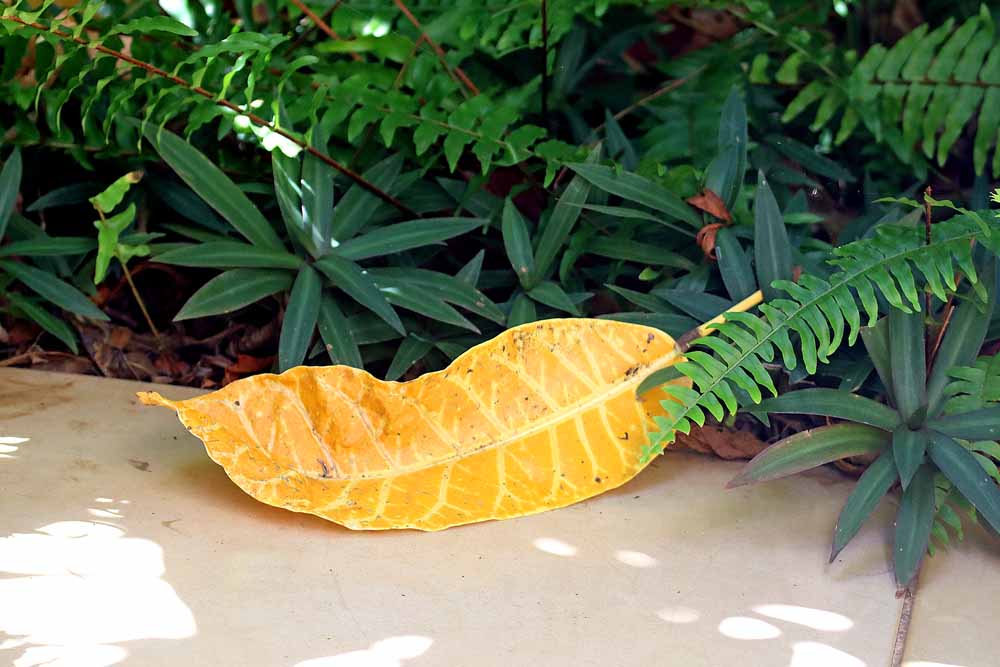
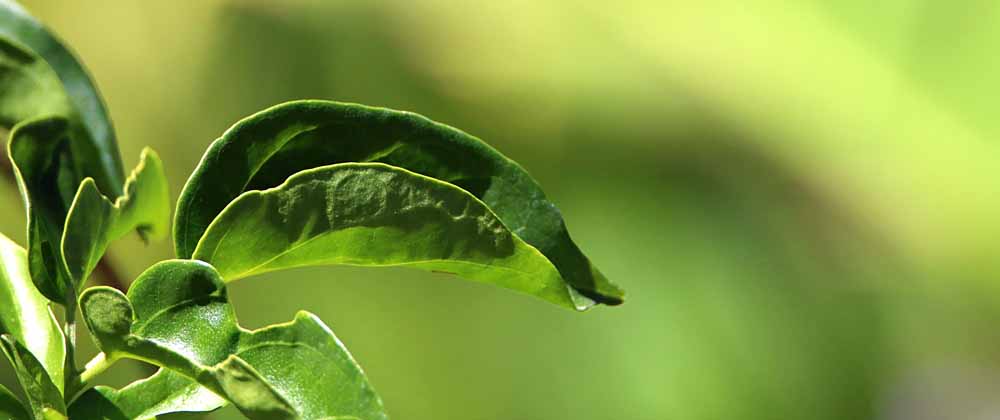
Flora & Forest GALLERIES.
Leaves & Nature Things GALLERY
¡Pura Vida!


Flora & Forest GALLERIES.
Leaves & Nature Things GALLERY
¡Pura Vida!
It is definitely one of my favorite trees in Costa Rica, if for no other reason, an opportunity to photograph their beautiful leaves, both dead and alive as in this photo. They attract many birds from the tiny Euphonias to the Toucans and their openness makes them great “galleries” for photographing birds and sloths! Some of my best bird photos were made in the Guarumo or Cecropia Tree that I planted in my yard the first year here, 2015.
I have them pictured in several popular photo galleries:
Here’s one shot I made the other day from my terrace . . .
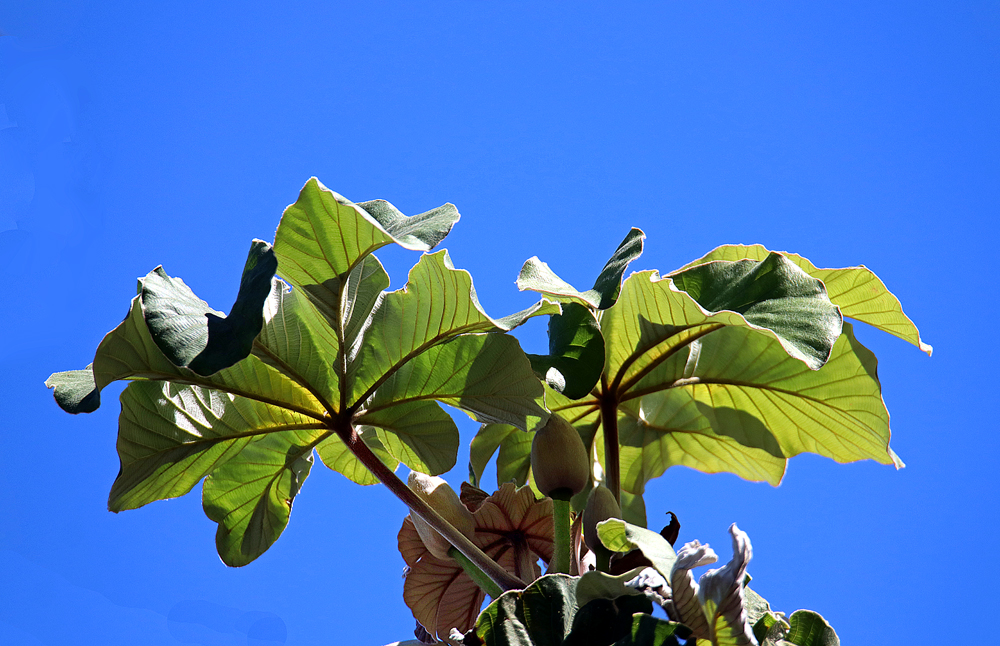
¡Pura Vida!
Warning! The second photo is graphic! The Kinkajou is the size of some smaller monkeys (but unrelated) and has a prehensile tail with which he hangs from tree limbs when harvesting fruit. They look similar to the smaller Olingo (but again unrelated). They are found in lowland forests in Central & South America and are nocturnal.
He/she was probably hit by a car in the night. I photographed on the bridge over a small stream on Avenida 8 just outside the Roca Verde main gate on a walk to town. It saddens me that humans continue to remove the forests and trees that keep such unique animals alive. I have never seen one alive in the wild but of course that is partly because they are nocturnal and I am not! :-) Just one more of the thousands of unique species found here in Costa Rica. ¡Pura vida!
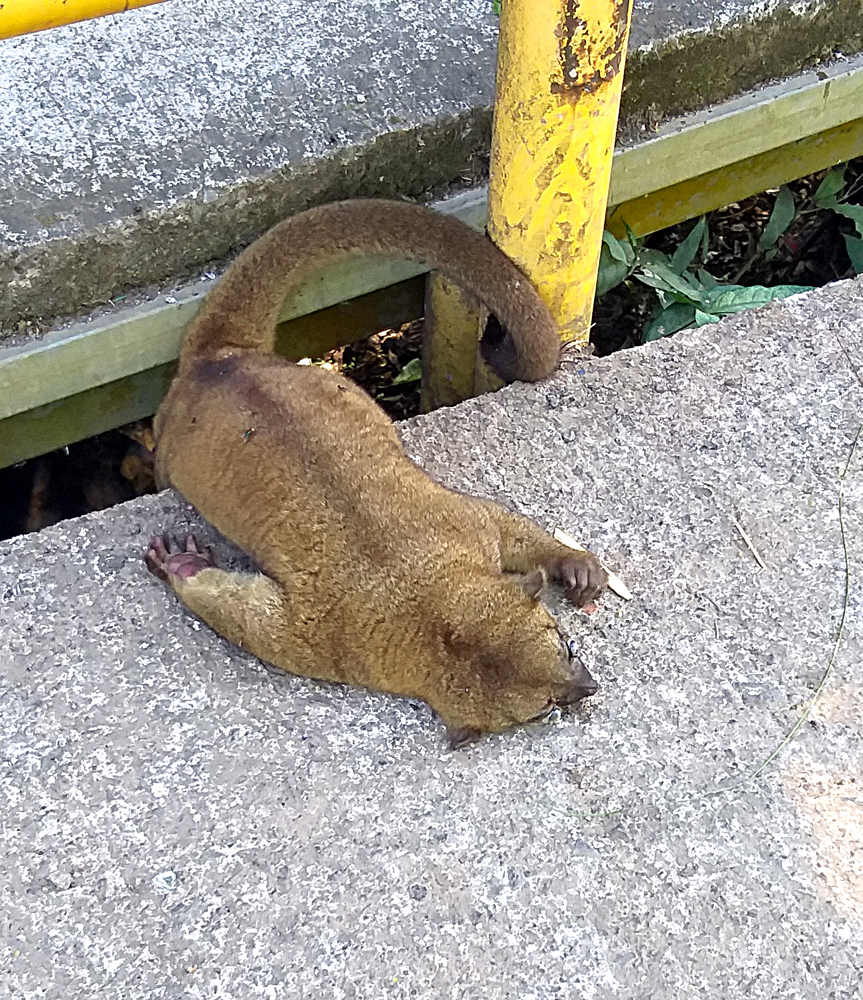
From my terrace the Oró Tree across the street is hidden by my big Higueron Tree (Strangler Fig or Ficus) but when the light is right, I can see glimpses of the orange flowers through the foliage. There is another one up the hill above me that I’ve shown here before, seen more from a distance. Historically, these trees were planted on coffee farms to provide partial shade to grow better coffee beans. They flower between December and April all over Costa Rica, sprinkling the hills and forests with their bright red-orange flowers. See Google Search Photos. :-)
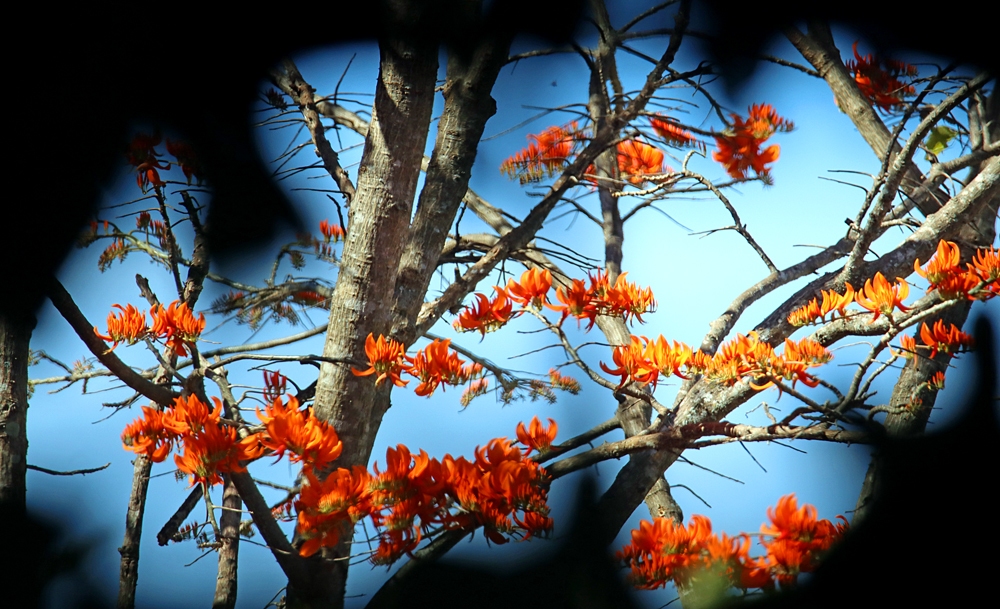
As seen from my terrace in Residencial Roca Verde . . .
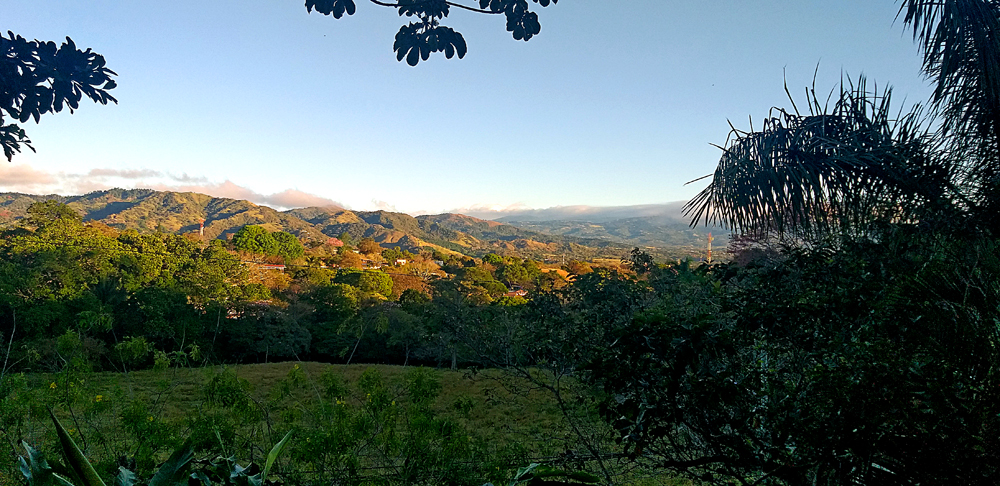
Local hikes this December-January 2023-24 with a birding friend from British Columbia . . . Here’s a linked small gallery for each, represented with one photo from each and the linked date & place headings (or the photo) to go to that gallery . . .
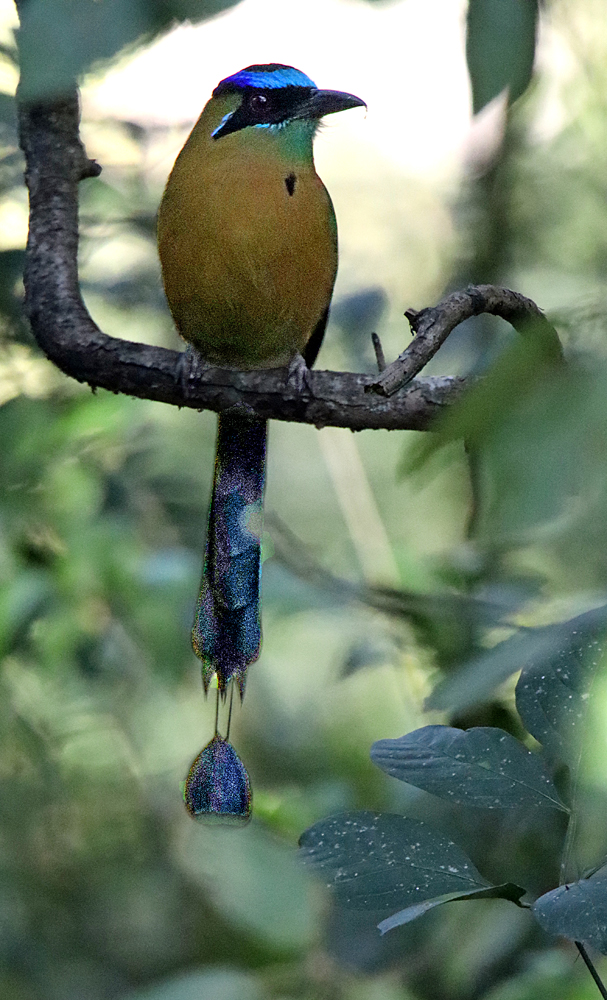
Yesterday was the last morning birding hike with my friend from British Columbia and Walter took us to a new nature reserve for me, Reserva Madre Verde near Palmares which is north of Atenas, a 30 minute drive through beautiful mountains (or maybe hills). :-)
Our two hour hike up & down a hill had a 300 meter rise in altitude was good for us 80-somethings! We heard lots of birds but in a fairly thick forest we did not see as many as the other two birding hikes. I got photos of only 3 birds – BUT – I’m still happy because I got photos of 9 different species of butterflies, which took me all afternoon to identify and process the photos AND I got 3 new species for me! :-) So a very good 2-hour hike! Below is a gallery with one shot of each of the 9 butterflies after this one shot for the email version of post . . .
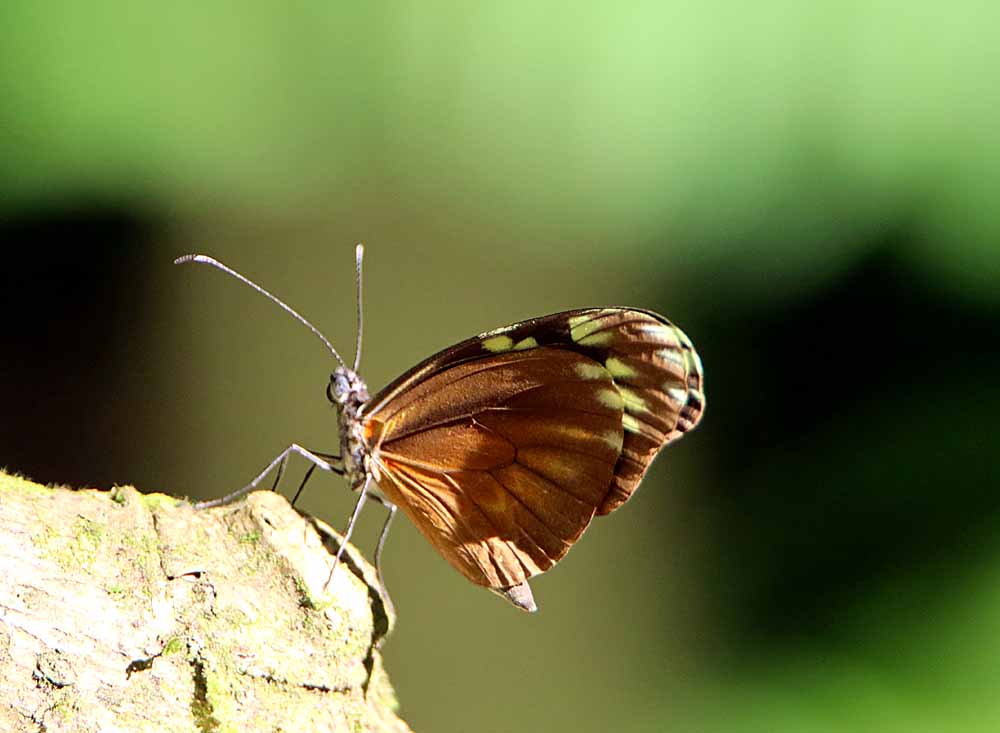
Well – the 6 that I didn’t erase from the camera disk! :-) I’m guessing that when I tried to erase one bad one from the disk, I hit something that selected all the remaining photos and erased them all. None of these are particularly good photos, but the 6 I managed to save, with the Inca Dove maybe my favorite photo after yesterday’s landscapes.
Tuesday’s hike was on Highway 707, southwest of Central Atenas. though not many here use highway numbers. 🙂 They say “the road going west of Cruz Roja to Pica Flora and Hacienda Atenas!” 🙂 Today we are going on Calle Balsilla, south of Atenas, or “a farming road near the Chucas Hydroelectric Dam and lake south of Ruta 27 on Rio Tarcoles.” And maybe I will get some more photos that I don’t erase! :-) Then tomorrow we go to a nature reserve north of here near Palmares. I’m staying behind on photos while still processing those from Hotel Savegre! But it is fun! :-)
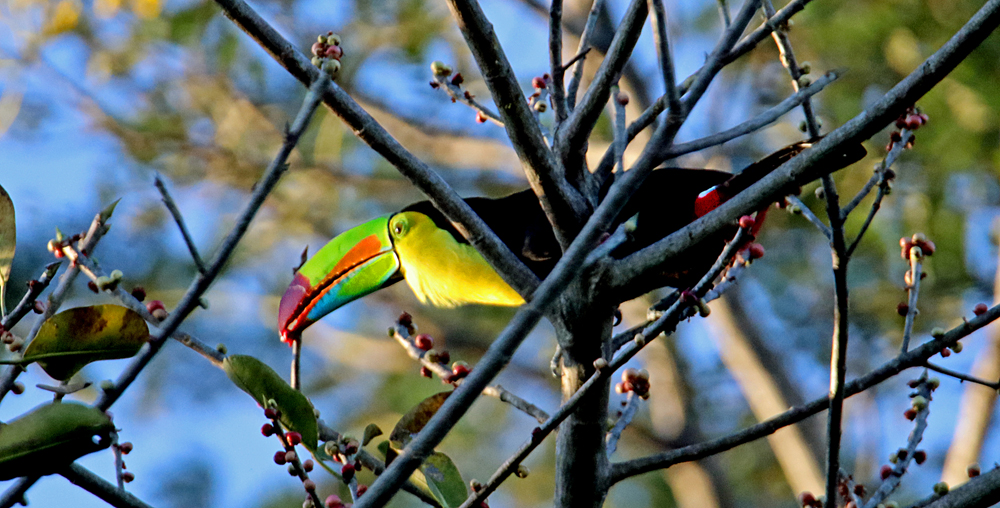
Read on for the gallery of all 6 birds . . .
Continue reading “Tuesday’s Birds”My birding friend from British Columbia, Canada, is here this week and we went birding on a former rural road on the west side of Atenas with lots of houses going up of course! Here’s 3 shots of the area and most of my bird shots were not real good because of light and distance plus I lost about 1/3 of them when somehow my computer deleted a bunch from the camera disk. Aghhhh! (I know! It was me hitting a wrong key or something! Grrrr!) Technology will be the death of me yet! :-) But the cows are cute! And that bright yellow tree is a Cortez Amarillo (Tabebuia Ochracea) tree that is blooming all over Costa Rica this time of year and in the landscape shot you can see yellow spots of them blooming. Thursday morning we will try a real country road south of Atenas and then Friday morning we are visiting a nearby nature reserve that I hope will be birdful! 🙂
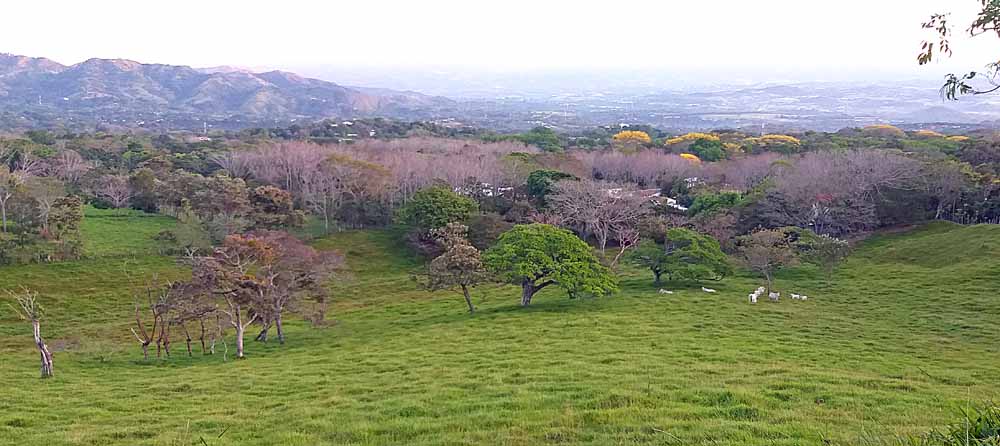
And read on for a photo of a cow & calf nursing and a close up of the Cortez Tree! :-)
Continue reading “The Other Side of Atenas Yesterday”This is my last week (8-13 January) in the Galería Artenas in the Calle 2 Plaza next to Linea Vital Medical Plaza. Everything there is available below my cost and I will no longer be selling my photo art directly in Atenas or anywhere else except for awhile the photo greeting cards will be available at Hotel Colinas del Sol (after 13 January).
Everything else I have been selling will continue to be available online through links above on this website, charliedoggett.net, in my Gallery, Bookstore, and CafePress “Costa Rica Photo Art!” Happy shopping! :-)
And for the last time this week you can see and touch before you buy as you help me clear out my inventory at Galería Artenas! :-)
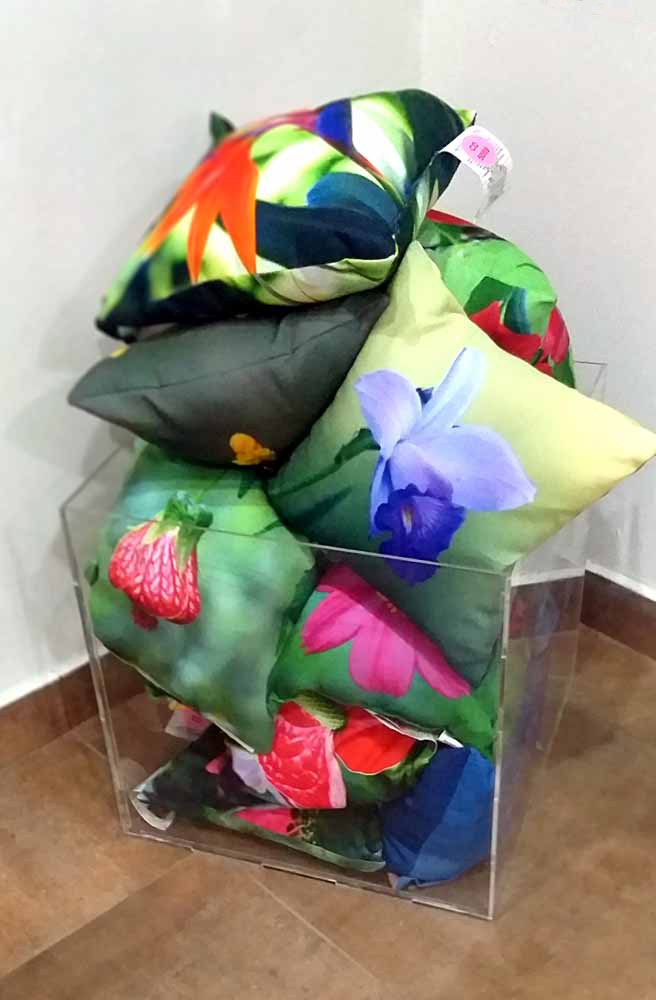

Nature as Art
¡Pura Vida!